The Petit Palais hosts France’s first retrospective of the Flemish painter Jacob Jordaens (1593–1678), lending cachet to a figure who has been edged to the corners of art history. Despite having been one of the most famous painters of the 17th century, Jordaens tends to be overshadowed by the two other great painters of Antwerp, Rubens the master and the Van Dyck the virtuoso.
The expression would be ‘bring in from the cold’, if it wasn’t that Jordaens’ paintings were so palpably ‘hot’ – ruddy cheeks and writhing flesh spilling across the canvas as part of the artist’s characteristic horror vacui. The Petit Palais has the power to sedate and freeze art into acceptance amid magnificent stone vaults and the eloquent echo of marble floors. But Jordaens’ work storms through the halls, like so many satyrs bent on sabotaging the visitor’s notion of ‘good taste’.
Crashing harpsichord music greets the visitor as they enter a kitschy recreation of a Flemish 17th-century interior, complete with pixelated chinoiserie wallpaper. It is a current trend to lure visitors by promising the multi-sensorial, but the result is typically two-dimensional. The viewer’s gaze is drawn to a large family self-portrait, set in an Italianate garden. It barely suggests the lifestyle of an artist. Instead, it depicts a wealthy bourgeois family, dressed to the nines, servant at hand, and the artist himself brandishing a lute – the inevitable accessory of the multi-talented Renaissance man.
The exhibition cuts short romantic notions of genius with the admission that Jordaens was fundamentally a businessman. He played the strings of Antwerp society as it experienced an economic downturn after the Wars of Religion, managing to keep afloat on a tide of commissions seeking to reinstate a sense of glory.
Jordaens’ unabashed ability to appropriate and even exceed is apparent throughout his oeuvre. It is evident in his incorporation of Caravaggio’s dramatic realism, which he witnessed only through engravings or filtered through the paintings of his contemporaries; in his application of Venetian Renaissance styles without ever visiting Italy; and in the opulent paintings he made for the Catholic Church, when he was a closet Calvinist. The trappings of artifice served as the oyster shell for a grain of something daring and dynamic; a style that offended the 20th century with its lavish super-abundance yet is redeemed by its ready grasp of human qualities.
The influence of Rubens is crucial to any interpretation of Jordaens, but to call him Rubens’ successor is too strong. An ink sketch for Rubens’ The Deposition of Christ, produced by Jordaens while working in the master’s studio, demonstrates the younger artist’s vigorous grasp of composition, characterised by the tightly packed curves and counter-curves of figures tumbling over each other to be noticed. The subject of the painting becomes little more than a device, a clockwork key for this carnival of forms and movement.
This can also be seen in Jordaens’ version of Rubens’ The Adoration of the Shepherds, where figures pile precariously above the virgin and child. Faces are contorted, arms flail – and the rigid head of a huge bovine protrudes into the centre of the painting. This bathetic addition is a particular idiosyncrasy of Jordaens’ and reaches its apex with the Abduction of Europa, in which the artist’s concentration on fleshy nudes is almost outdone by his ardent depiction of the attendant herd of cows.
The exhibition also presents Jordaens’ lavish tapestries, and his scene decoration, showing an artist who thrived under bourgeois requirements for ostentation. A painter who inspired Delacroix with his studies of heads, Cezanne with his nudes, and Van Gogh with his cows, Jordaens is a figure worthy of re-evaluation. This exhibition offers a sensitively tuned approach, its honesty of appraisal enlivened by a lightness of touch.
‘Jordaens: the Pride of Antwerp’ is at the Petit Palais until 19 January 2014.
Unlimited access from just $16 every 3 months
Subscribe to get unlimited and exclusive access to the top art stories, interviews and exhibition reviews.

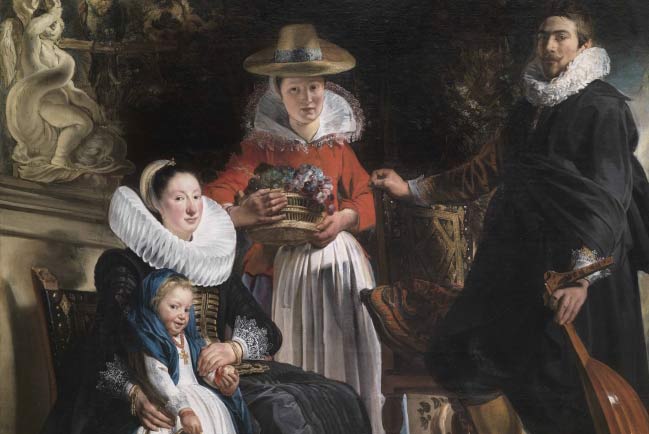
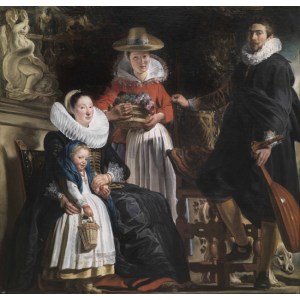
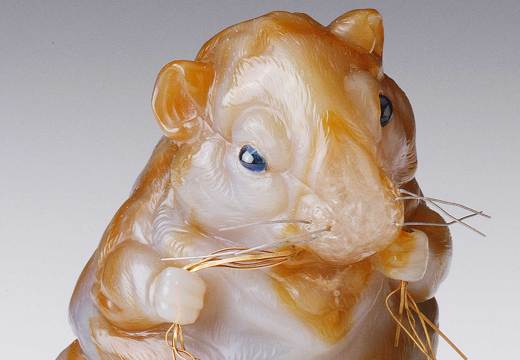
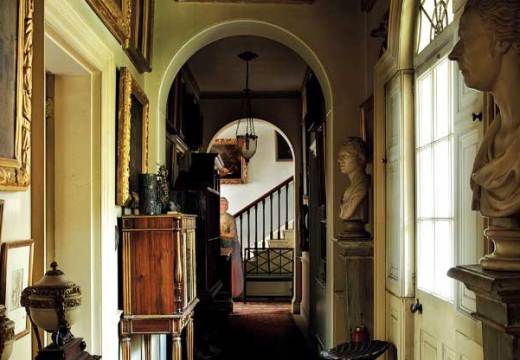
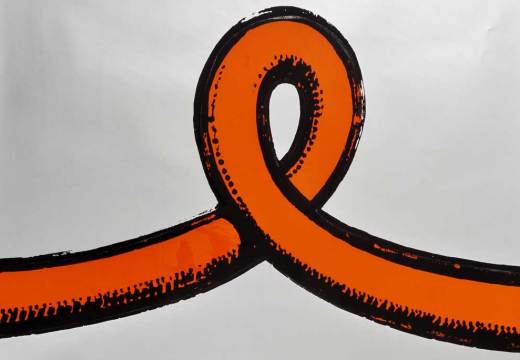









![Masterpiece [Re]discovery 2022. Photo: Ben Fisher Photography, courtesy of Masterpiece London](http://www.apollo-magazine.com/wp-content/uploads/2022/07/MPL2022_4263.jpg)
Why are fathers so absent from art history?